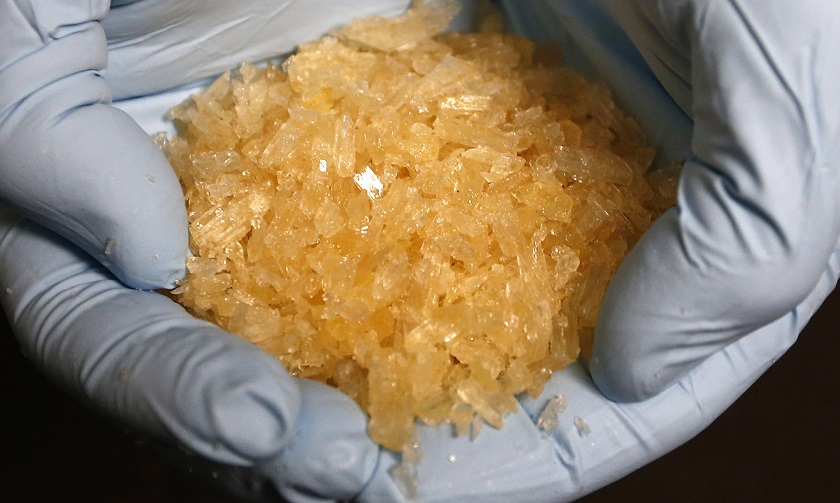BANGKOK, March 13 — The drug market in Malaysia is shifting from heroin to methamphetamine as the number of ‘ice’ and ‘yaba’ users in the country exceeded users of opiates for the first time in 2017, the United Nations Office on Drugs and Crime (UNODC) revealed.
In its report titled Synthetic Drugs in East and South-East Asia: Trends and Patterns of Amphetamine-type Stimulants and New Psychoactive Substances, the anti-drug agency said Malaysia was traditionally known to have a relatively large market for heroin, but the seizure of the drugs had shown an increase in recent years.
In 2017, the report said more than 15,000 methamphetamine users had sought drug treatment admission in Malaysia compared to about 10,000 heroin users.
“The average wholesale and retail prices of methamphetamine tablets and crystalline in Malaysia has been continuously decreasing and the quantities of the drug seized have increased,” it said.
UNODC Inter-regional Programme Coordinator, Tun Nay Soe said the increased seizure of methamphetamine and street price drop suggested the supply of the drugs had expanded in Malaysia.
“Malaysia is not just a transit point of drugs, there is also a significant market that exists in the country,” he told Bernama.
He said the seizure of methamphetamine tablets in East and South-East Asia countries showed historic highs last year, but the supply of drugs remains uninterrupted.
The seizures of methamphetamine in the region, mostly in the third quarter of last year, showed an increase to 116 tonnes compared to 82 tonnes in 2017 and in Thailand alone, 515 million methamphetamine tablets were seized in 2018, which is 17 times the total amount of the drug seized a decade ago, he said.
“Methamphetamine-related treatment admissions account for a large majority of all drugs related treatment admission in the region,” he added.
Meanwhile, UNODC Regional Representative for Southeast Asia and the Pacific, Jeremy Douglas said the market for methamphetamine continued to expand rapidly in East and Southeast Asia, and a wide range of new psychoactive substances (NPS), have also emerged in the region.
He said a total of 434 NPS were detected in the region, including potent synthetic opiates such as fentanyl and its analogues, last year.
Douglas said that the emergence of NPS was a significant challenge for national authorities and people in the region.
“Aside from methamphetamine, which is getting most of the attention because of the surge in seizures and street price drop, synthetic opiates and other drugs have also been found across the region.
“National leadership and authorities are starting to come to terms with how profoundly synthetics are changing the drug market,” he said.
He added that UNODC hoped the ministers in the region would use Mekong Ministerial Meeting in Bangkok and ASEAN leadership meetings to reflect on the situation and their strategy.
“This is not business as usual, and it is past time to change the response,” he said. — Bernama



















